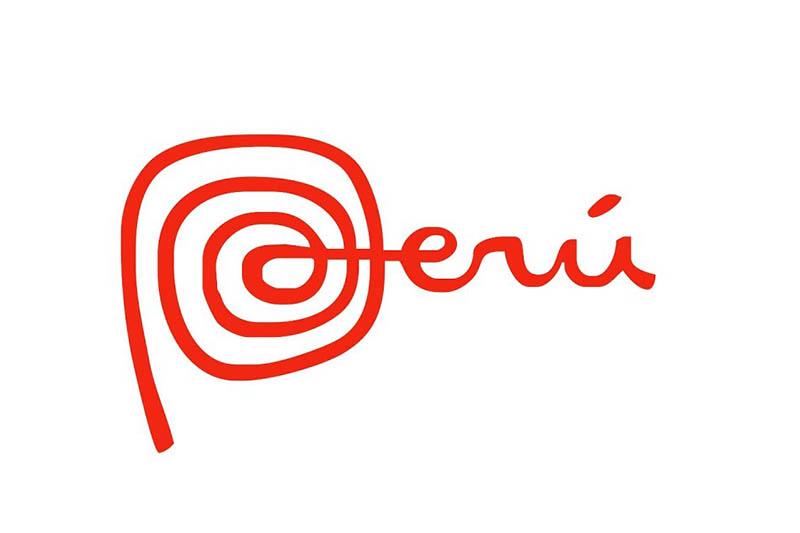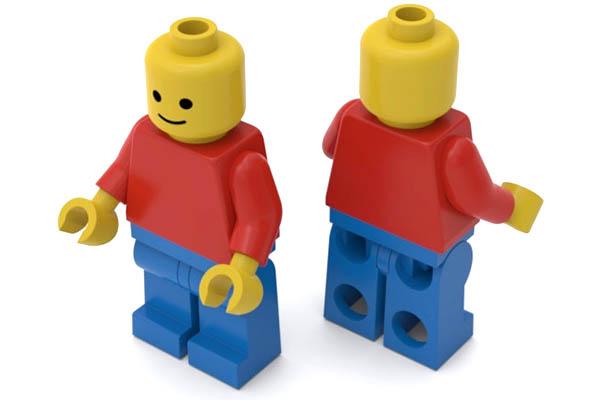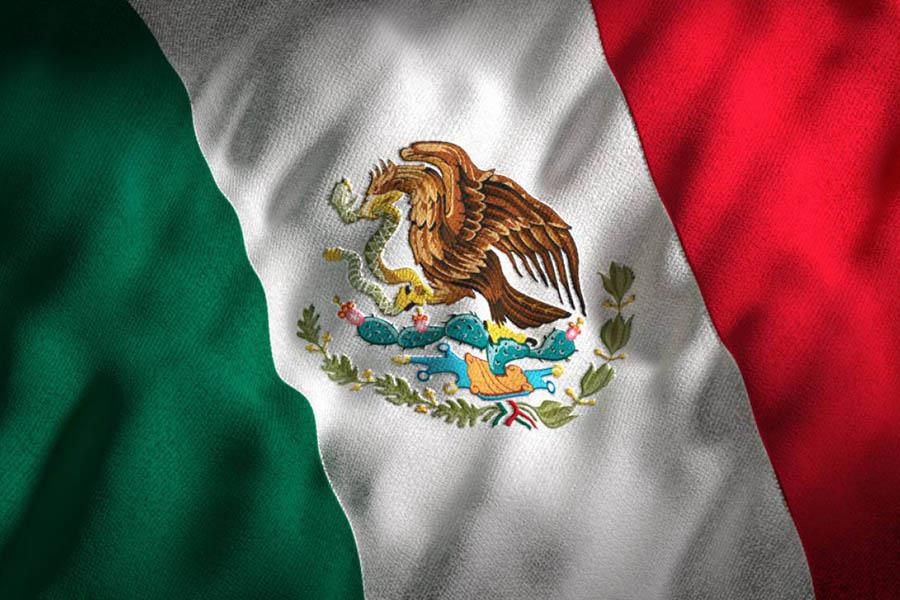
by Unión Andina de Patentes | Jul 19, 2023 | Intellectual Property, Trademarks
Relevant Articles of Decision 486 Article 134 of Decision 486 states that a trademark is: Any sign capable of distinguishing products or services in the market. A sign capable of graphic representation. Likewise, the following may constitute trademarks: e) a color...

by Unión Andina de Patentes | Jun 27, 2023 | Events, Intellectual Property, Patents and Plant Breeder's Rights, Trademarks
We are delighted to announce that we have been acknowledged by Leaders League as a leading Intellectual Property Law Firm for the 2023 ranking. We thank our clients and colleagues for trusting our team! We remain dedicated to consistently enhancing our services and...

by Unión Andina de Patentes | May 31, 2023 | Intellectual Property, Trademarks
On May 22, our director Alejandro Castro participated in the Webinar: “Trademarks, a strategic ally for the growth of your business”, organized by CIDE PUCP and ASIPI. CIDE PUCP y ASIPI CIDE PUCP y...

by Unión Andina de Patentes | Feb 7, 2023 | Trademarks
On April 23, 2021, Decision 876 “Common Regime on Country Brand” was published in the Official Gazette of the Cartagena Agreement, which regulates the protection of this distinctive sign, which is the image that each member country projects in the Andean...

by Unión Andina de Patentes | Jul 18, 2022 | Intellectual Property, Patents and Plant Breeder's Rights, Trademarks
Law 21.355 entered into force in Chile on May 9, 2022 and modified The Industrial Property Law 19.039 from 1991. This modification has brought important changes such as the incorporation of non-traditional trademarks, and the cancellation action for non-use or...

by Unión Andina de Patentes | Jul 4, 2022 | Trademarks
The Madrid System entered into force in Mexico on February 19, 2013 and has proven to be an important filing tool for international companies. For 2021, we have gathered and analyzed relevant information on the trademark filing behavior via the Madrid System for...







